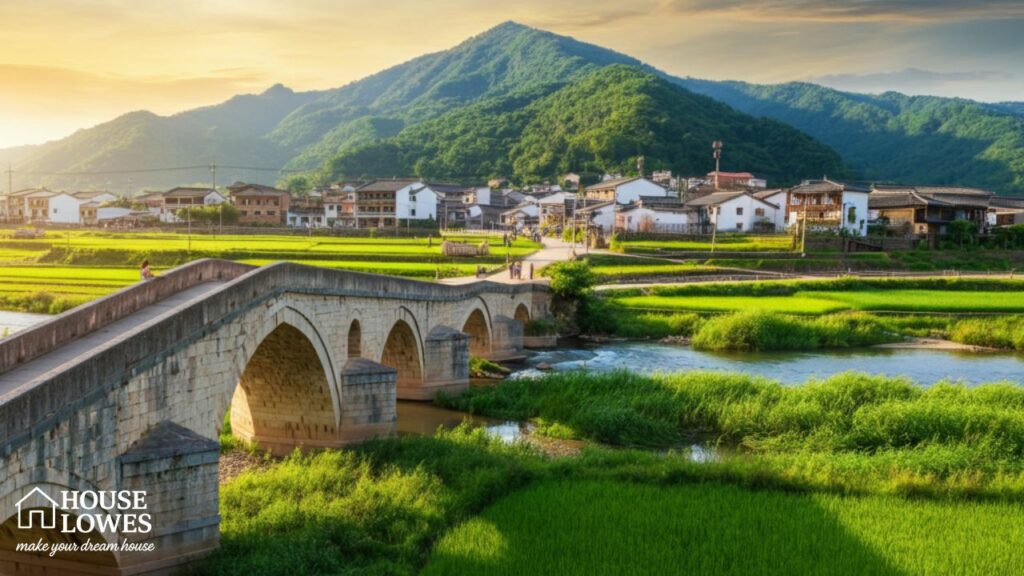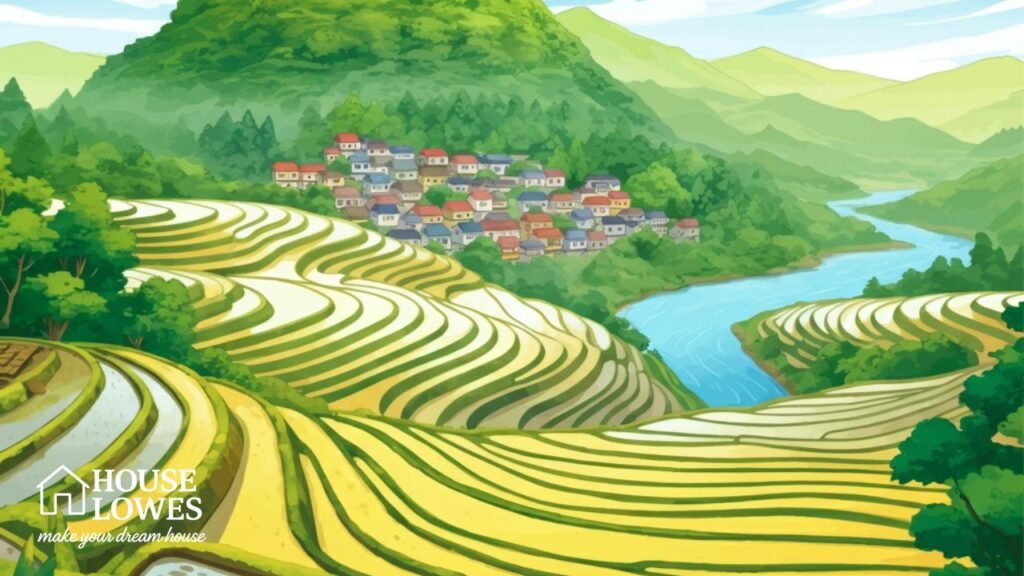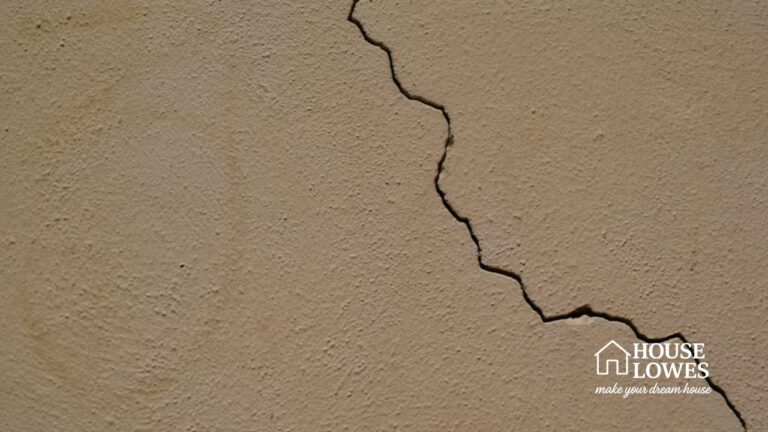Picture this: You’re walking through a bustling city with tall skyscrapers, historic buildings, wide-open parks, and vibrantly painted neighborhoods. Now, imagine stepping into a quiet countryside with flowing rivers, perfectly arranged farmland, and quaint houses. These places look and feel totally different, right? Each of these areas tells a story about how people interact with their surroundings. That’s what we call a cultural landscape! But don’t worry, I’ll break it all down for you in a way that’s easy to understand.

What Exactly Is a Cultural Landscape?
A cultural landscape is a fancy way of saying how people leave their mark on the world around them. Think of it like Mother Nature’s canvas, where humans create art with their buildings, farms, roads, and even beliefs. It’s the visible part of how humans interact with their environment.
Here’s the simple definition of a cultural landscape in AP Human Geography you’ve been waiting for: it’s the result of how humans use, change, and shape the land around them to reflect their culture. “Culture” here just means things people do, believe in, or make. And “landscape”? That’s pretty much just the natural environment.
For example, a cultural landscape could be:
- Farmlands with rows of crops, barns, and silos.
- A city park filled with statues and bike paths.
- Cathedrals, mosques, or temples in a busy town square.
See how the environment is changed by people? That’s the cultural landscape in action!
Why Does This Matter in AP Human Geography?
If you’re studying AP Human Geography, cultural landscapes are a big deal. They’re like reading a map of history, culture, beliefs, and technology all rolled into one. Cultural landscapes allow us to see:
- How people have adapted to their environment.
- How different cultures express themselves.
- How history has shaped a place over time.
Say you’re taking a test and see something like “define cultural landscape AP Human Geography.” Now you know! You could also be asked for examples, so remember to share specific ones, like the rice terraces in Southeast Asia or the majestic old castles in Europe.

Breaking It Down Further
Now that we’ve sorted out some basics, let’s explore the parts that make a cultural landscape. Trust me, it’s more interesting than it sounds!
1. The Built Environment
This is a fancy way to talk about all the things humans create. Think houses, roads, bridges, shopping malls, and even ancient ruins. These structures say a lot about the people who built them. For example:
- Skyscrapers in urban areas show how cities grow upward when space is limited.
- Mud-brick houses in deserts reflect how people use whatever materials they can find.
The cultural landscape simple definition in AP Human Geography would say these structures are “cultural fingerprints.” What you see tells you who was there and how they lived.
2. Land Use
Land use is all about how people take the land and make it work for them. Agriculture? That’s land use. Urban planning? That’s land use too. Cultural landscapes tell the story of what’s important to a community. Farmlands emphasize food systems, while big roads and city layouts often mean trade or transport is crucial.
Here’s a fun fact for you. Did you know that Bolivia’s cultural landscape reflects its long history? If you look closely, you’ll see structures from the ancient Inca civilization and Spanish settlers layered into the same space over centuries. That’s called sequent occupancy, when different cultures leave their marks on the same place, one after the other. Cool, right?
3. Religious Landscapes
These are landscapes that reflect people’s beliefs, like churches, mosques, or sacred mountains. Religion can shape cultural landscapes in big ways. If you stood in the middle of Vatican City in Rome or Mecca in Saudi Arabia, you’d immediately see the deep cultural and religious impact of those places.
This is a key part of what we call religious cultural landscape definition in AP Human Geography. It’s all about how faiths and practices leave lasting marks on a place.
4. Natural Features and Cultural Impact
Sometimes, people take what nature gives them and make something special. Think of gardens, fountains, and parks. Even a winding staircase in a busy town can become a treasured community spot. This blending of natural and human-made features creates a unique cultural landscape.
Why Cultural Landscapes Feel Like Time Machines
One of the coolest things about cultural landscapes is how they tell stories from the past, present, and even the future. They’re like giant history books you can visit.
For example:
- The Colosseum in Rome tells the story of ancient gladiator battles.
- Rice terraces in the Philippines show generations of farming knowledge.
- Modern tech hubs like Silicon Valley reflect today’s innovation.
These landscapes show how culture, knowledge, and history evolve hand-in-hand. They give us clues about how people lived and what they valued.
What Makes a Cultural Landscape Unique?
Every cultural landscape shows off the personality of the people who shaped it. This can come from:
- Symbols: A statue can highlight a local hero or a historical event.
- Traditions: Yearly festivals or rituals that bring communities together.
- Daily Life: Even small things, like a neighborhood market, are part of a cultural landscape.
By looking closely, you can almost feel the heartbeat of a place.
FAQs About Cultural Landscapes
Q1. What is the definition of cultural landscape in AP Human Geography?
It’s the visible imprint people leave on the earth by changing and shaping their natural surroundings to fit their culture. Simple examples include parks, farmland, or buildings.
Q2. Can cultural landscapes change over time?
Absolutely! This happens due to migration, globalization, and even climate shifts. For instance, ancient Mayan cities are now archaeological sites, but at one point, they were vibrant centers for trade and religion.
Q3. What’s a good example of a cultural landscape in AP Human Geography?
Good examples include the rice terraces in Asia, mosques in the Middle East, and even the Eiffel Tower in France. Each reflects a mix of culture and environment.
Q4. How does globalization impact cultural landscapes?
Globalization can make landscapes look more alike, like seeing the same fast-food chains worldwide. But it can also bring cultural diversity as ideas mix and spread!
Wrapping It Up With a Thought
Cultural landscapes are more than just “places.” They’re living, breathing expressions of history, belief, and daily life. They remind us that every town, city, or countryside is unique in its own way.
Next time you walk through your neighborhood or visit a new city, pay attention to the buildings, parks, and landmarks around you. What story are they telling you? That’s the magic of cultural landscapes. And you? You’ve just mastered the beauty of this concept in AP Human Geography. Great job!
Admin recommendation
Cultural Landscapes in AP Human Geography | Comprehensive Guide
Transform Your Outdoor Spaces with SiteOne Landscape Supply
Types of Brown Landscape Rocks | Find the Perfect Fit for Your Yard








